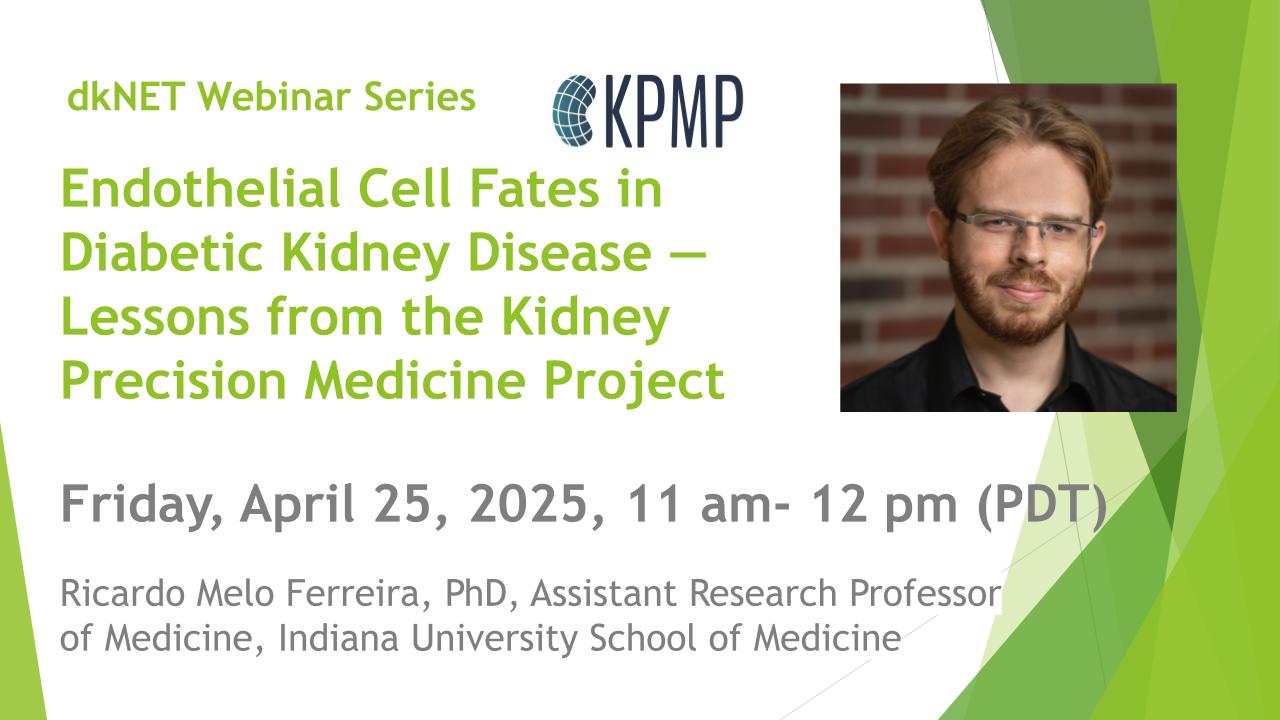Leaving Community
Are you sure you want to leave this community? Leaving the community will revoke any permissions you have been granted in this community.
[Recorded Webinar and Slides are Available Now!] dkNET Webinar "The Multi-Omic Response to Exercise Training Across Rat Tissues: Data Dissemination Through the MoTrPAC Data Hub"
Presenter: Malene Lindholm, PhD, Instructor, Department of Medicine, Stanford University
Abstract
The Molecular Transducers of Physical Activity Consortium (MoTrPAC) aims to map the molecular responses to exercise and training to elucidate how exercise improves health and prevents disease. The first MoTrPAC data provides an extensive temporal map of the dynamic multi-omic response to endurance training across multiple rat tissues. All results can be viewed, interrogated, and downloaded in a user-friendly, publicly accessible data portal (https://motrpac-data.org). The MoTrPAC data compendium includes transcriptomics, proteomics, metabolomics, phosphoproteomics, acetylproteomics, ubiquitylproteomics, DNA methylation, chromatin accessibility, and multiplexed immunoassay data. This compilation constitutes of 211 datasets across 19 tissues, 25 molecular assays, and 4 training time points in adult male and female rats. Over 35,000 analytes were found to be differentially regulated in response to endurance training, with many displaying sexual dimorphism. We observed a male-specific recruitment of immune cells to adipose tissues and an anticorrelated transcriptional response in the adrenal gland related to the stress response. Temporal multi-omic and multi-tissue integration demonstrated similar temporal responses in the heart and skeletal muscle, reflecting a concerted adaptation of mitochondrial biogenesis and metabolism. Integrative multi-omic network analysis revealed connections between the heat shock-mediated stress response and mitochondrial biogenesis. Training increased phospholipids and decreased triacylglycerols in the liver, and there were extensive changes to mitochondrial protein acetylation. Many changes were relevant for human health conditions, such as non-alcoholic fatty liver disease, inflammatory bowel disease, cardiovascular wellness, and tissue damage and repair. Altogether, this MoTrPAC resource provides an unprecedented view of the effects of exercise across an organism, revealing mechanistic details of how exercise impacts mammalian health. The MoTrPAC data hub is the primary online resource to disseminate this large-scale multi-omics data.
The top 3 questions that the MoTrPAC resource can answer:
1. What is the multi-omic response to endurance exercise across different tissues?
2. What are the top signaling pathways affected in response to exercise and do they differ between males and females?
3. How can the MoTrPAC data hub be utilized to interrogate all the MoTrPAC findings?
Dial-in Information:
https://uchealth.zoom.us/meeting/register/tZUqdO2qpzMoH93Mb0_-7USN4EW-g0zJxvKV
Date/Time: Friday, March 8, 2024, 11 am - 12 pm PT
Upcoming webinars schedule: https://dknet.org/about/webinar





